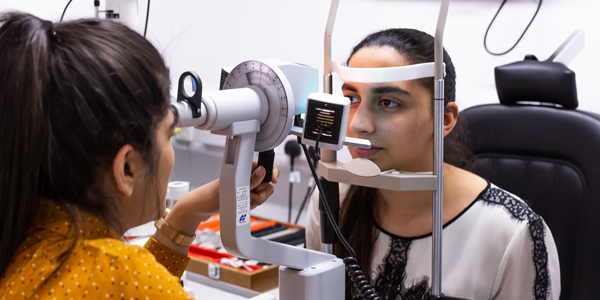
Why do you need a registered optometrist?
You can be sure of a clear vision for years to come if you see an optometrist annually. Unfortunately, many people overlook eye health, as they let their children see the doctor without going for the checkups themselves. Eye experts from https://www.emmevisioncare.com/ Singapore will educate you about your overall eye health. The optometrist will examine eye health, treat macular degeneration, glaucoma and cataracts. Read on to know why you should see the optometrist frequently.

They Treat Children
Young children might not know the difference between eye conditions and healthy vision, and the doctor will examine their eyes to detect eye issues. Children with undetected eye conditions might have problems studying in school and might not see well. The children can see an optometrist once every two years. Moreover, if there is a history of glaucoma and diabetes in the family, they can take frequent eye screening, but the screening should not substitute professional optometric visits. Over time eye issues might worsen due to environmental factors, and an optometrist will deal with arising eye issues.
Updating Prescription Glasses
Prescription glasses require frequent updating as they lose efficiency with time. You experience migraines and start squinting when the prescription glasses lose their lenses and sun-blocking efficiency. If you update the glasses and still experience fatigue and blurry vision, it could be time to see an optometrist for a proper eye checkup.
Sudden Vision Changes
It is possible to get sudden vision change even if you see an optometrist frequently. It would help to have your eyes checked when you experience sudden vision change. Vision change can cause blurry vision making it challenging to see close-up or distant objects. Eye pain and dry eyes might result from sudden vision change and eye strain.
Hormonal changes
Hormonal changes can affect the eyes, and you should see an optometrist during pregnancy when you are likely to have hormonal fluctuation. Water retention due to hormonal changes might increase the cornea curvature leading to vision change, and it would be prudent to look for a new prescription.
How the Eyes Change With Age
It might not be easy to focus on objects due to presbyopia from the hardening of the eye lenses. Presbyopia is common in older adults, and it gets worse with age, and you might need to update the contacts or glasses frequently. Furthermore, macular degeneration leads to blindness in older adults; after 40, the risk of the condition might increase with each decade. Moreover, people with diabetes should consult their optometrist as they might develop diabetic retinopathy.
Eye structure will change with age, and seniors will have reduced pupil size. The eyes then become less responsive to ambient light, making it hard to read in normal light. The eyes might become drier, leading to dryness, and the loss of peripheral vision might also occur, and it would be better to be cautious while driving.
Takeaway
Your child might not know the differences between eye conditions and normal sight, and you should let an optometrist check their sight. However, if they already have eye issues, it would be wise to get regular screening and effective treatment. As you grow old, it may be better to seek eye care as one is predisposed to eye conditions due to changing vision and eye structure.